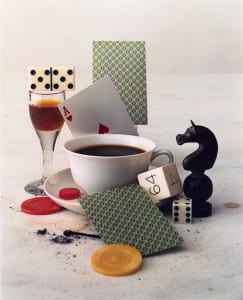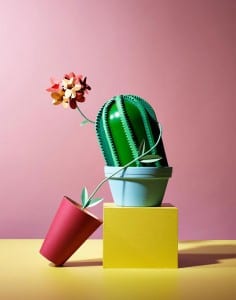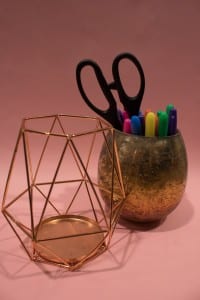In this piece of support text, I am going to go over my concept and any developments that occurred, as well as changes that I decided to implement while I was creating my images. I will also go through a critical reflection and consider what went well and what didn’t, as well as any alterations and changes I made in the process of producing my photos.
Concept
After going through the words, we were able to choose, I decided to go with division and focus on still life, looking at how objects can be divided thanks to the difference between the texture and feel of them. Eventually, I decided to go further and even focus on the weight of objects as well as other differences, like colours and functions. My images consist of a selection of objects that I found around my apartment and borrowed from my roommates. I was able to gather quite a vibrant and interesting collection of objects that I could use when taking my photos.
What I was going for with this set of photos, is that despite their conflicting attributes, objects can still be brought together to create something new and even in some senses pretty. I wanted to create images using objects that didn’t match, yet work together in some sense when they are put together. I went through many different backgrounds whilst shooting my photos, trying out both black, red and pink backgrounds, eventually going with pink, as I thought the bright pink background worked well with the large selection of vibrant objects that I had gathered.
A few developments were made in the process of my image taking. After my first photo shoot, I decided that the lighting wasn’t good enough, it was quite dull and uninteresting. This resulted in me retaking the images, more than once actually because I wanted to be 100% satisfied with my photos. After multiple attempts, I finally found a set that had satisfactory, if not good, lighting, as well as consistency. Another alteration that occurred was the positioning of my objects themselves, as after viewing the original set of images I took, I knew that I could position them better, make an overall better scene.
Influences
When taking these pictures, there was one photographer in particular who caught my eye, named Irving Penn. We had spoken about him multiple times during workshops and I looked to him for inspiration, as I thought his still life work was some of the most interesting I had ever seen. I tried to capture some of his essence, in the sense of that his scenes looked organised and very well put together, often combining and mashing objects together that wouldn’t normally be seen next to each other. Breathing new life into them was my goal, as well as making something that was normally considered normal and non-eye-catching, rather interesting.
“A pile of old oil drums or a simple crumpled ball of paper can become as stimulating to photograph as a superbly designed car.” – (p. 134) Basic Photography (7th edition), Langford, Michael John 1933
This extract caught my eye and is a part of what pushed me toward doing still life, as I believe that all objects are capable of being interesting.
“Photographing a cake can be art.” – Irving Penn, asserted upon opening his studio in 1953
The same goes for this quote by Irving Penn, that no matter how simple an object is, you can breathe new life into it.
I used his work almost like a template for my own, following his formula and technique of using a plain, simple one coloured background and throwing in multiple objects together. His work is often very crisp and precise, featuring very bright and solid colours. I tried to replicate this with my images, not creating something too complex, but at the same time, not simple to the point where it isn’t eye-catching. A specific image that spoke to me was this one:
– Irving Penn
Another set of images that influenced me heavily was by Victoria Ling. Her use of very bright and colourful objects caught my eye straight away. She injects very unique and playful colours into her work, creating images that are easily able to snatch attention. Her images look very sleek and smooth and her choice of objects is what influenced me the most, showing a unique variety.
There were a few images that heavily influenced one of my images, those being the ones that feature fake and small plants. An example of this work is below.
– Victoria Ling
Critical reflection
To begin with, I had so many ideas, that it was a little overwhelming. Eventually, I decided that some were unachievable or wouldn’t work. I took a small break, just so I could gather my thoughts, instead, looking at different types of photography and how I could put Division into them. Portraiture came to mind first, as well as Architecture, yet no matter how much I tried, I couldn’t think of a way to link it with division. Then, still life came to mind. Earlier in the term, I did a bit of still life and found myself enjoying it a lot. I contemplated the definition and ways things can be divided, which resulted in me thinking about opposites and furthermore, how an object can be split from another one, due to a difference in physical properties and in some sense, their functions too.
I wanted to use small objects, ones that were interesting, yet somewhat cute. At first, I had no idea where to start when it came to locating said objects, so I eventually turned to asking my roommates for help. I got to have a look in their rooms and straight away, I found myself taking interest in a variety of things, from small plants to baubles and even light bulbs. With these images, I wanted to create something that was simple, almost like a minimalist approach. I wanted to avoid complex colours and cluttered scenes, which I was able to accomplish easily. In the end, I got there, even if I had to cut out a couple images, just because I thought they didn’t quite maintain some of the quality that the originals did.
Alternate shots




Leave a comment